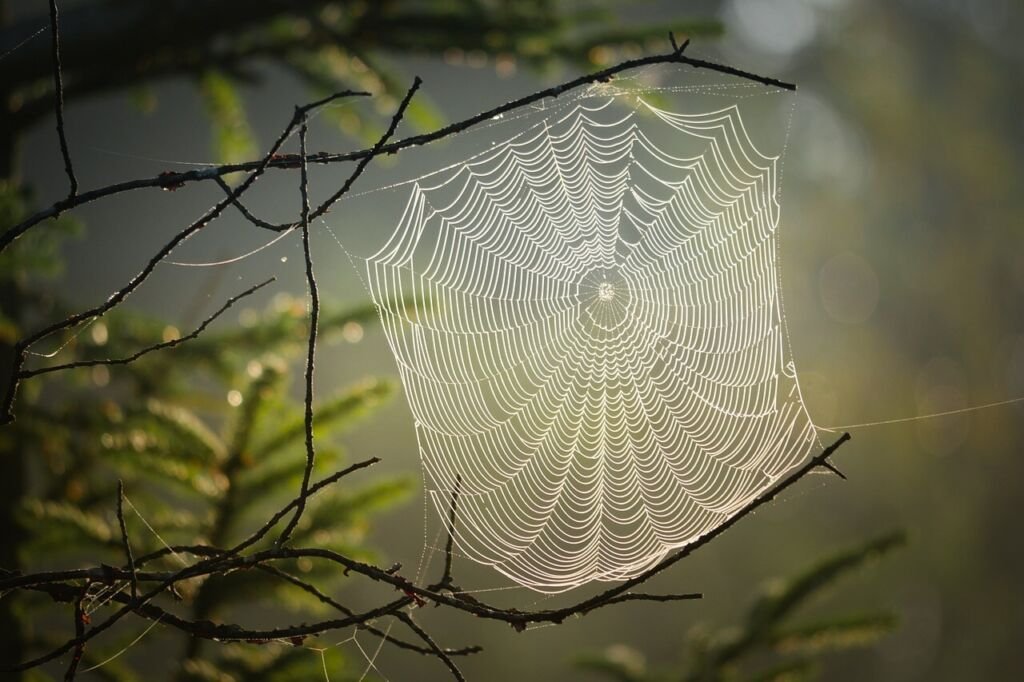Introduction:
When we think of communication, we usually picture two people talking to each other. But did you know that plants also communicate with each other? From warning neighboring plants of impending danger to attracting helpful insects, plants have evolved complex communication systems that help them survive and thrive. In this post, we’ll explore 5 surprising ways plants interact with each other and how they communicate.
1. Through Root Networks

Plants can communicate with each other through underground root networks. Mycorrhizal fungi form symbiotic relationships with plant roots, creating a vast network that allows plants to exchange nutrients and chemical signals. In fact, a study found that when a tomato plant was attacked by pests, it released a chemical signal that was picked up by neighboring plants through the root network, alerting them to the danger and triggering a defensive response.
2. Using Airborne Chemical Signals
Plants can also communicate through airborne chemical signals. When a plant is attacked by an insect, for example, it can release a chemical signal that attracts predatory insects or repels the pest. These chemical signals can travel through the air and be picked up by neighboring plants, triggering a defensive response.
3. Through Sound Waves
Plants can also communicate through sound waves. When a plant is stressed, such as by drought or high temperatures, it can emit ultrasonic clicks and pops that can be detected by other plants. In fact, a study found that when a corn plant was subjected to drought, it emitted ultrasonic clicks that were picked up by neighboring plants, triggering a defensive response and increasing their water-use efficiency.
4. Using Light Signals
Plants can also communicate using light signals. When a plant is shaded by a neighboring plant, it can detect changes in the quality and quantity of light and respond by growing taller and adjusting its photosynthesis rate. This helps the plant compete for sunlight and survive in the crowded environment.
5. Through Insect-Mediated Communication

Plants can also communicate through insect-mediated communication. Some plants release volatile compounds that attract insects that feed on herbivores, such as parasitic wasps. These insects can then lay their eggs on the herbivores, killing them and reducing damage to the plant. This strategy, known as “indirect defense,” not only protects the plant but also provides a food source for the beneficial insects.
Conclusion:
Plants may seem like silent and static beings, but they are actually highly complex and interactive. Through underground networks, airborne signals, sound waves, light signals, and insect-mediated communication, plants communicate with each other and coordinate their responses to environmental challenges. Understanding how plants communicate can help us better appreciate the interconnectedness of life on Earth and develop more sustainable agricultural practices.
